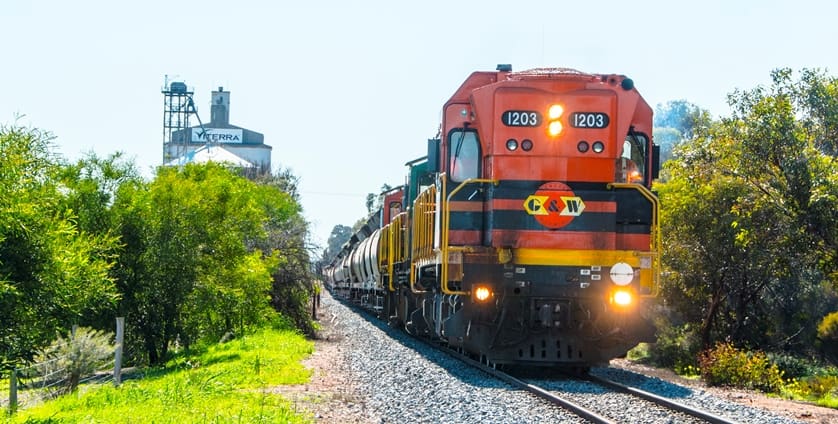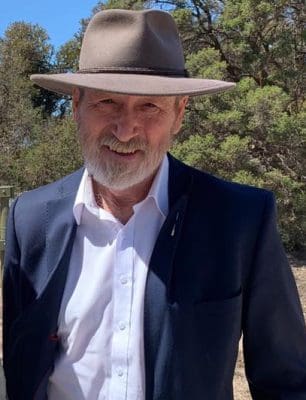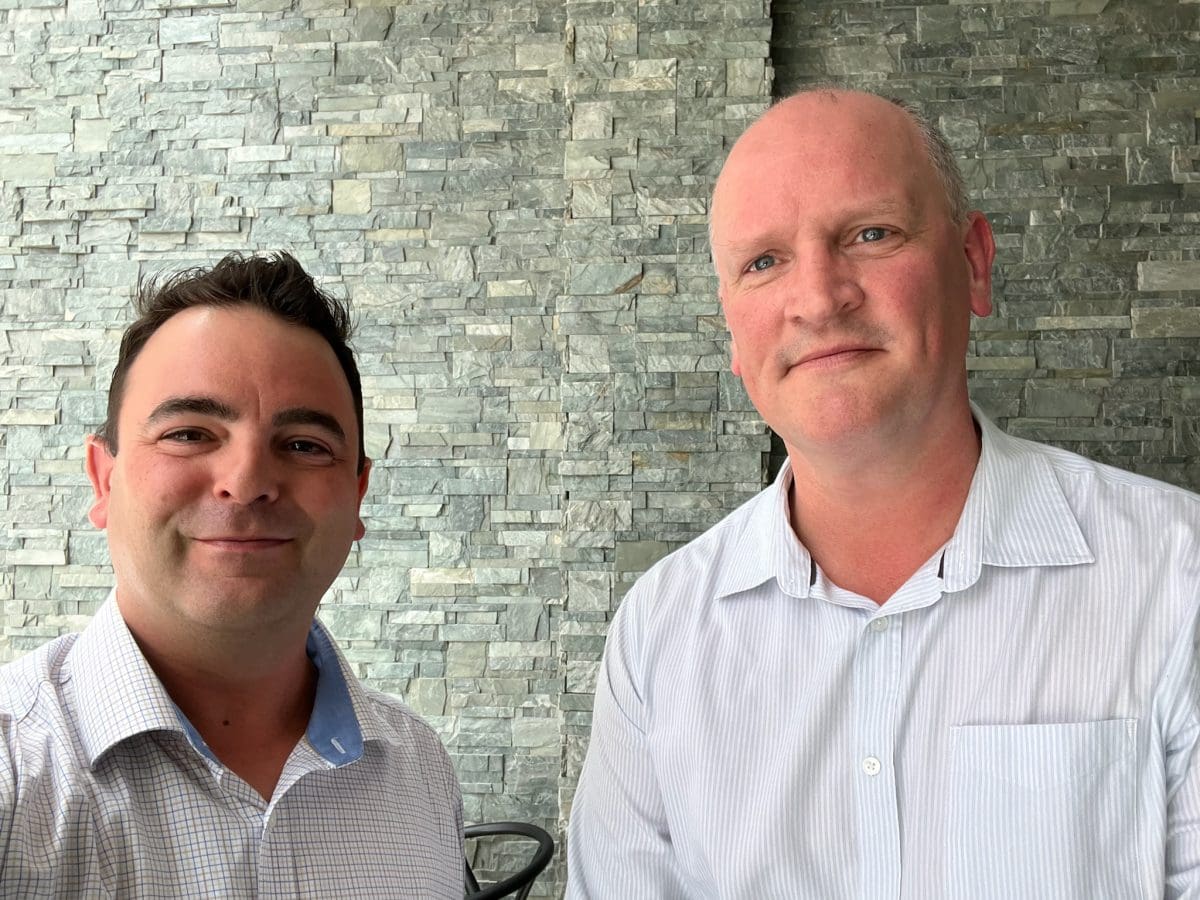
Trains stopped operating on EP grain lines in 2019. Photo: RDA Eyre Peninsula
THE ANNOUNCEMENT by Viterra and Aurizon to apply for funding to upgrade the Eyre Peninsula rail line in South Australia has sparked a debate over the project’s feasibility and which party should pay for the works.
The two companies revealed last week they had submitted a formal application to the Federal Government for funding to upgrade and reopen the EP rail network linking Cummins to Port Lincoln, and to Wudinna and Kimba on separate lines.
It is believed the companies applied for $220M in funding for the project.
Federal Member for Grey Rowan Ramsey’s electorate covers over 90 percent of SA, including the EP.
Mr Ramsey said the application was a “brazen request” and was calling on the project’s proponents to fund the line themselves.
“They are asking for taxpayers’ dollars with no contribution from themselves,” Mr Ramsey said.
Viterra is 50pc owned by Glencore, with 40pc owned by the Canadian Government’s Canadian Pension Plan Investments, and the balance held by British Colombia Investment Management Corporation.

Federal Member for Grey Rowan Ramsey
“Glencore is in the top 500 companies in the world, and they are worth $79B and had a turnover of $87B last year.
“They could build this with their spare change, but they are asking for the taxpayer to totally fund a complete rebuild of a railway of which they will be the only customer.
“Five years ago they were the only customer and they walked away.”
The SA Government owns the EP rail network, which was decommissioned in 2019 when Viterra moved its haulage to road.
Viterra argued the poor condition of the network necessitated its move from rail to road.
US-owned Genessee & Wyoming, later known as One Rail Australia, held a 50-year lease agreement to operate the network, which is due to end in 2047.
Aurizon finalised the purchase of One Rail in July 2022, becoming the new operator of the line.
Tough times under G&W
Rail advocates propose that under G&W’s tenure, the network fell into a state of disrepair, making it uneconomical for Viterra’s operations.
March for Eyre founder Marie Shaw KC told the SA Government’s Select Committee on Public and Active Transport in August 2022 that G&W was not concerned with “fostering the interests of the businesses along the railway line”.
Ms Shaw said after discussions with Viterra, it became clear “that Genesee Wyoming essentially increased their costs, ran down the railway so it became simply uneconomical for them to continue”.
She cited a Productivity Commission report from 2010 which found that G&W installed “unreasonable controls and exorbitant pricing structure” for Viterra and any other user or prospective user of the line.
According to Ms Shaw, under the lease terms G&W were required to keep the “railway running”.
“It can only leave it dormant for two weeks at most and after 18 months the government can call upon the operator to surrender the lease.”
She said under these lease terms, it was the responsibility of the operator, now Aurizon, to upgrade the lines.
However, Ms Shaw argued, considering funding delivered to other state governments for rail projects, funding should come from all relevant stakeholders, with a major portion from the Federal Government.
Infrastructure change in SA
Mr Ramsey argued that if there was a “maintain clause” in the lease, that would give the Federal Government ample grounds to reject the funding application.
He said that if the proposal was financially viable, then there would be nothing stopping Viterra and Aurizon from funding the proposal.
“If it’s not a good investment for private enterprise, you really seriously need to ask if it’s a decent investment for the taxpayer.
“This type of haulage on the rail line…has been superseded, but if someone thinks they can breathe life into it and invest their money into it, good on them.
“It wouldn’t be my money because I couldn’t see how they could possibly make it pay.”
Mr Ramsey said a new player, T-Ports, which has opened port facilities at Lucky Bay on the eastern EP and Wallaroo on Yorke Peninsula, offered growers a different route to export grain.
Neither are on the EP rail line, and Mr Ramsey said they were successfully using road freight networks only.
“They have probably picked up 30pc this year, I think, of Eyre Peninsula grain.”
More work needed
Freight advocacy group, SA Freight Council, and grains industry body, Grain Producers SA, are cautious about backing the proposal until more information is released.
Both groups want to see a full business case to ensure the project is viable and does not put increased costs on growers.
“There will need to be some financial work done around what they are proposing, but we are broadly in favour of opportunities to move freight to port in the most efficient way,” SA Freight Council chief executive officer Jonathan Wilson said.
“We are mode agnostic, whether it is road or rail.
“Whatever is the most effective and efficient way to move goods out to the market, that is what we would support.”
GPSA CEO Brad Perry said any long-term freight solution for SA would include rail and road networks.
“If we have a viable rail line working in with road infrastructure and that becomes the most efficient model, then we would certainly support it.
“At the end of the day, we don’t want to see grain producers stumping up more money for rail.”
Mr Perry said he believed a rebooted EP rail network would have to freight a range of commodities to be financially viable.
“I imagine grain by itself isn’t going to hold up a rail line; it needs to look at multiple commodities.”

GPSA CEO Brad Perry with SAFreight CEO Jonathan Wilson. Photo: GPSA
Roads shouldn’t be forgotten
Mr Wilson and Mr Perry agreed that the recent focus on rail should not distract governments from investing more funds in the road network.
GPSA last year released a Worst Grain Road report which featured 58 roads which growers identified were in desperate need of repair.
“We do recognise there is a need to put a lot more investment into roads,” Mr Perry asid.
“What we identified is that there’s some severely lacking roads that our grain producers carry millions of tonnes of produce on that need serious and significant investment, not only from a productivity point of view but from a safety point of view.
“We would like to see the focus on investing in road infrastructure.”
Mr Wilson said road upgrades were often “quicker and easier” to achieve.
“There is a need to do something on our regional roads and there’s a backlog on maintenance.
“However, we acknowledge there are benefits and drawbacks of both road and rail transport.”
Grain Central: Get our free news straight to your inbox – Click here

To the editor…this is part of the Productivity report in 2010 in relation to the Overcharging by GWA rail operators,,,,thought you would find it of interest….in 2010 by the productivity commission… The report also found that…….. “On their line from Dry Creek to Port Adelaide they require an additional pilot – while only a distance of 10 km, the charge for the pilot is $2.00 per mt. It has been calculated that for one train carrying 2200 tonnes over 145 km of track, that Genesee & Wyoming Australia would charge $59 400 compared with VLine $6224, Australia Rail Track Corporation $2482 and NSW Rail $2317”.